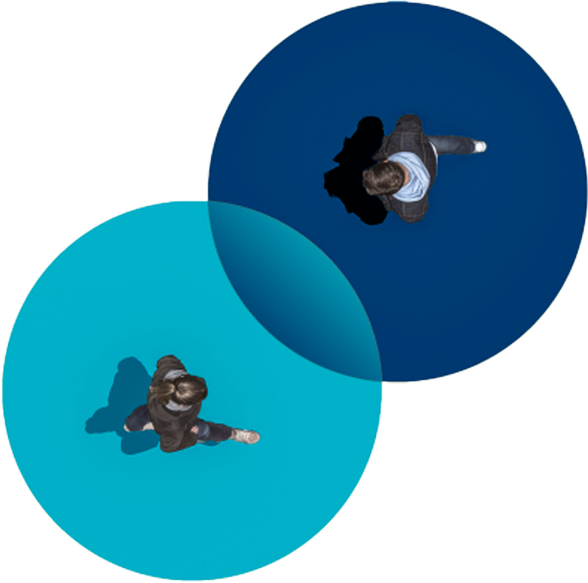We accelerate CX transformation at scale
At Catalyst, we empower the most forward-thinking brands in the world to design, build, and run the future of customer experience (CX). As the driving force behind Concentrix’s experience design and engineering capabilities, Catalyst merges cutting-edge technology with a deep understanding of human needs to create game-changing journeys.

Find your solution

Generative AI, the next frontier for next-gen CX
Services
Whether you’re looking to reimagine your customers’ experiences, modernize your CX operations, or optimize outcomes, we bring the innovation, technology, and expertise you need to deliver accelerated and long-term value.

Featured Insights

Unlocking New Revenue with Applications of Generative AI
Learn about the transformative power of generative AI and unlock untapped revenue streams. Click here to embark on a new era of innovation.

Born Digital: Voice of the Customer Strategy
Discover the secrets of a winning voice of the customer strategy in this engaging video from Adobe and Concentrix.

Three Approaches to Designing a Global Loyalty Program
Discover three approaches to loyalty program design for meeting your long-term loyalty strategy and business goals.




